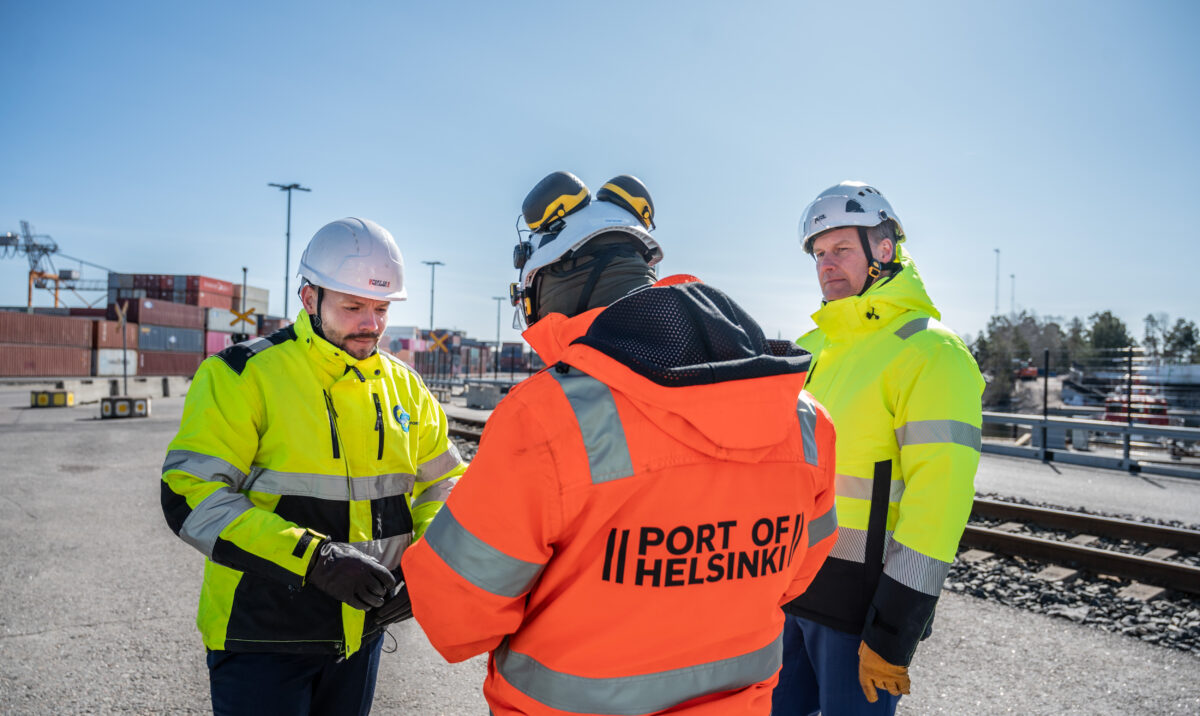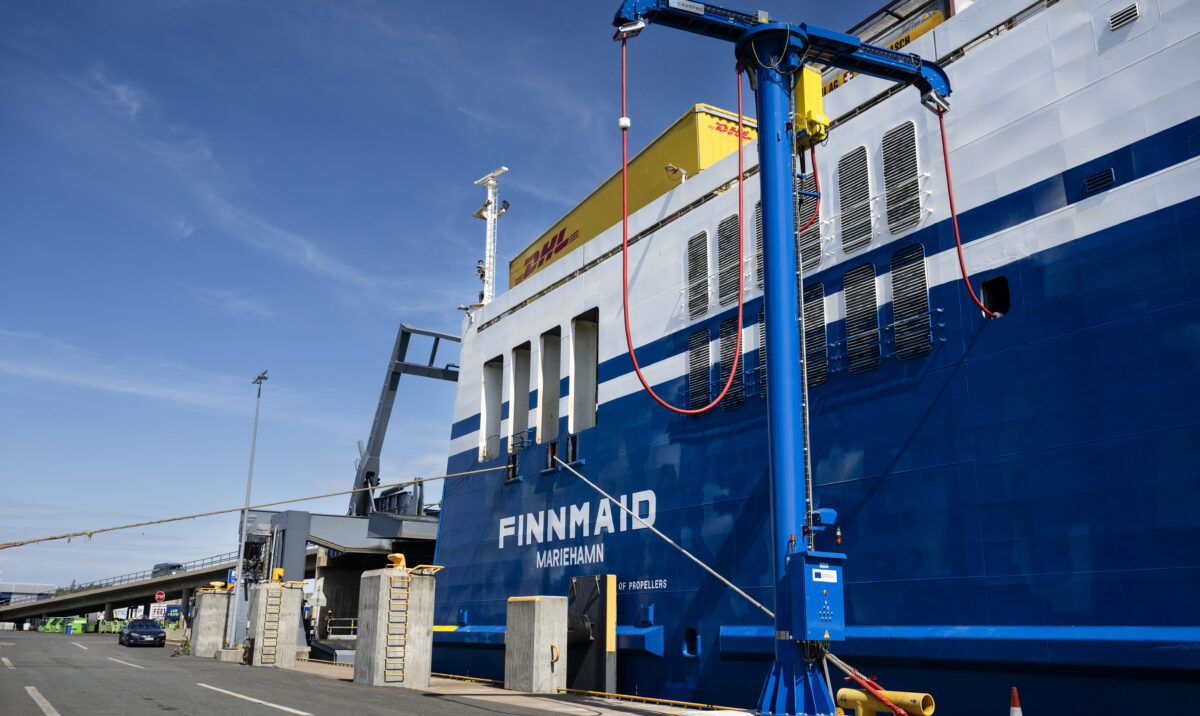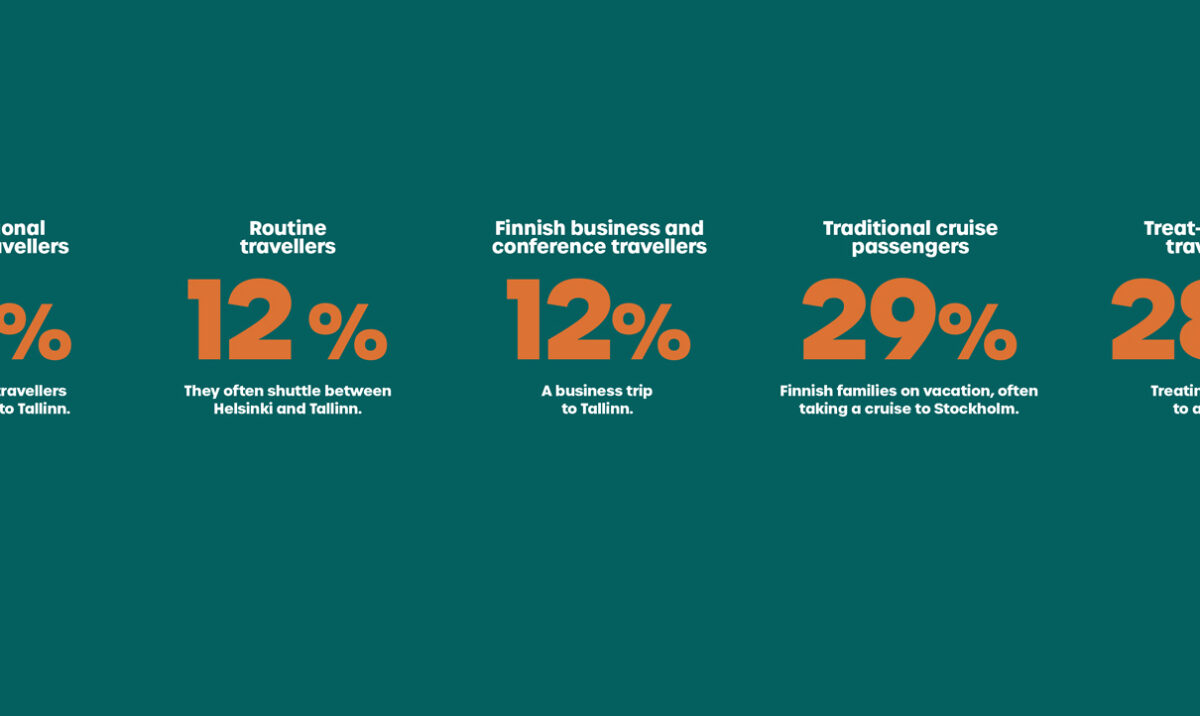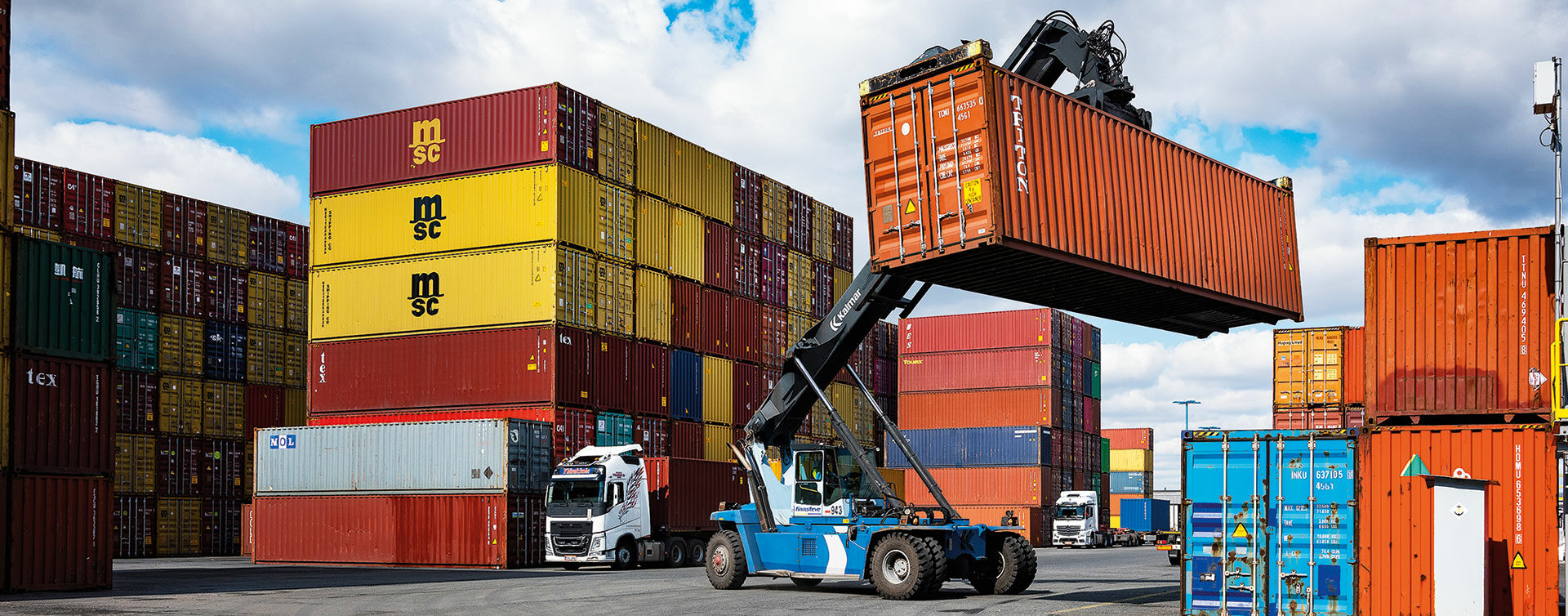
Occupational safety is a seamless joint effort
The port is a workplace that’s shared by hundreds of operators. Every day, they work seamlessly together to ensure occupational safety. The port’s updated safety and security manual is available to everyone.
Occupational safety is directly linked to the overall safety and security of the port’s operations.
“It’s not a separate thing – it’s visible in our everyday work. Occupational safety issues are always on the agenda in communications with all of our partners,” says Traffic Manager Tero Valu, who is in charge of cargo operations.
“We also hold regular operational meetings on the topic, and the authorities participate in our Safety Committee,” says Eero Laaksonen, who is the security manager for passenger traffic.
The Security Committee discusses things such as “near misses”, and shares guidelines and best practices.
“The Port of Helsinki has a unifying role in this cooperation. We conduct risk assessments for our shared workplace, and arrange for companies operating in the area to discuss common interfaces,” says Laaksonen.
“And we naturally make sure that instructions are followed in everyday work,” he adds.
New “Safe Port” manual available online
The port is a workplace that’s shared by hundreds of employees and operators from various sectors. Eero Laaksonen says that safety is a high priority for all of the port’s major operators.
“If a problem arises, it’s usually down to one of the subcontractors who may have missed some of the guidelines,” says Laaksonen.
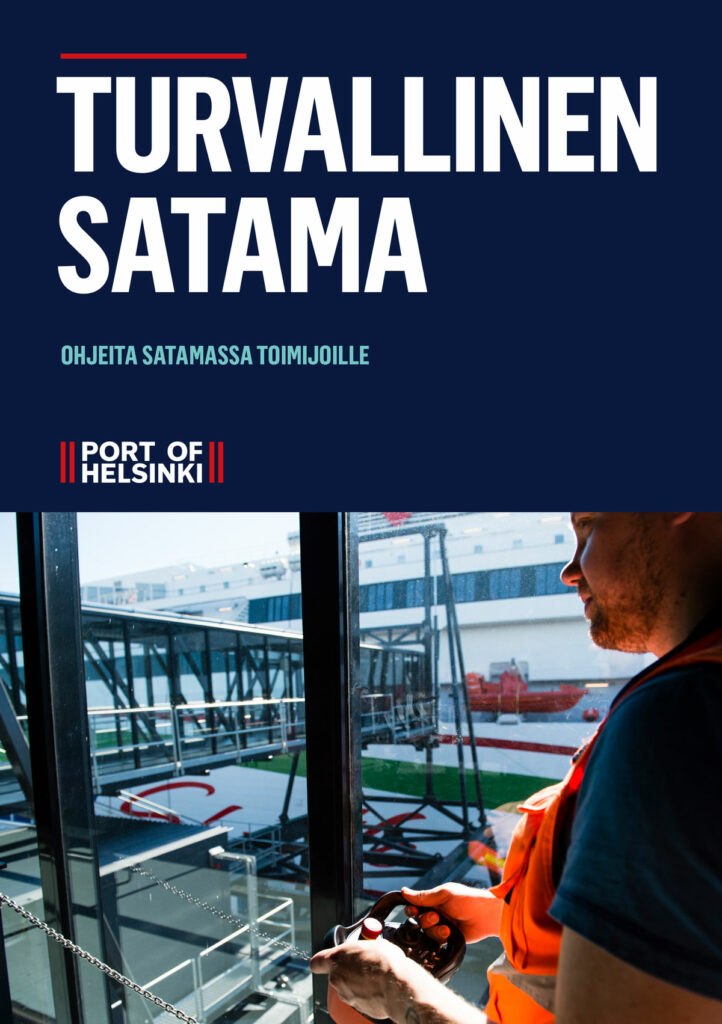
The “Safe Port” manual was updated this year and is available for everyone to read in pdf format on the port’s website. The updated instructions have been clarified and revised to correspond to current operating models.
“The previous version was six years old, and some things have naturally changed since then. Now that the coronavirus restrictions have been lifted, we’ll be holding a joint stakeholder meeting for all operators. Customs and the Finnish Border Guard will also be attending,” says Laaksonen.
“We’ve also considered implementing safety training in an online learning environment. That would be a good service for operators who visit the port less frequently, such as truck drivers. Later, completing this course could perhaps be integrated into port access control,” says Valu.



